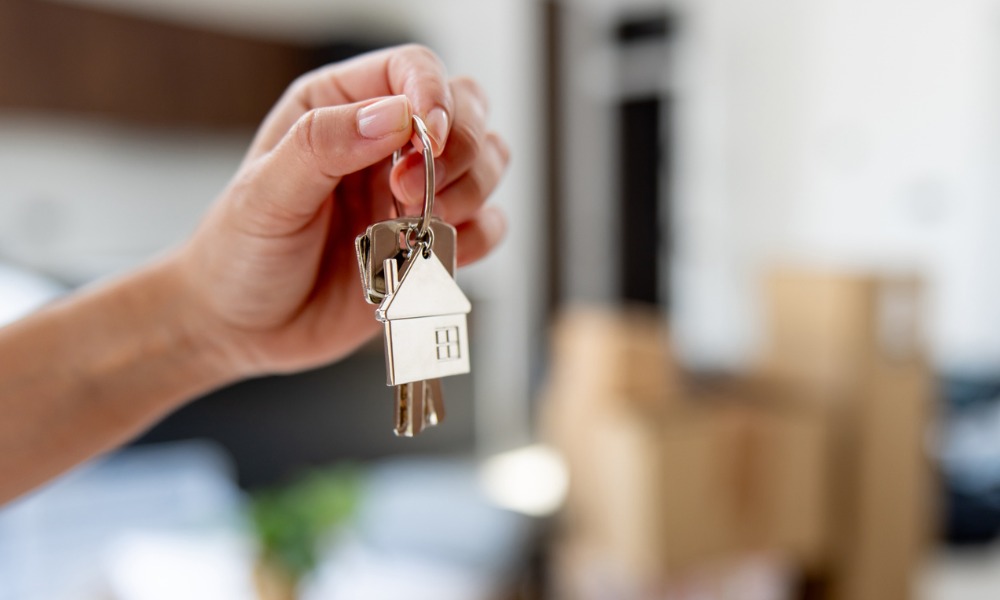Sales activity homes on the market "tends to be more stagnant"

Demand for second-home mortgages has dropped to its lowest point in eight years, according to a new report from Redfin.
Mortgage-rate locks for second homes fell 13.1% year over year in August, reaching their lowest level since March 2016 on a seasonally adjusted basis. By comparison, mortgage-rate locks for primary homes saw a more modest decline of 5.2%.
The Redfin analysis, based on data from Optimal Blue, also showed a stark contrast between the current market and the surge during the pandemic. Rate locks for second homes are now down 59.2% compared to pre-pandemic levels, while primary home rate locks have dropped 31.9%.
Mortgage-rate locks, which allow homebuyers to secure an interest rate for a set period, are generally a reliable indicator of purchase demand, with around 80% of rate locks leading to home purchases.
“Most of the homes that are sitting on the market right now are second homes – especially those in the $400,000 to $800,000 price range, which tend to be more stagnant,” Shay Stein, a Redfin Premier real estate agent based in Las Vegas, said in the report.
Factors behind the decline
While demand for mortgages is down across the board due to high home prices and elevated interest rates, second-home buyers are feeling the impact more acutely for several reasons.
One key factor is that second-home buyers, who are often in a position to pay cash, are less inclined to take out mortgages when rates are high. While mortgage rates have dipped in recent months, they remain more than double the pandemic-era lows. For many affluent buyers, it makes more financial sense to pay cash for a second home rather than take out a mortgage with high interest payments.
Additionally, second homes are typically seen as a luxury rather than a necessity. This means when housing costs rise, many prospective buyers decide to wait. The typical home in seasonal towns, where second homes are common, sold for $589,162 in August – up 4.1% from a year earlier. By contrast, homes in non-seasonal towns sold for an average of $437,787, up 4.7%.
Economic uncertainty is also playing a role. As concerns about a potential recession grow, many Americans are wary of making large purchases, including second homes. The labor market has shown signs of weakening, further dampening demand.
What happens to mortgage rates in the Unites States during a recession? Do they climb or drop? Will your home loan be affected? Find out in this article.
The shift in work-from-home policies is another contributor. During the pandemic, many workers had the flexibility to work remotely from vacation homes, driving a surge in demand for second properties. But as more employers require employees to return to the office, people have less time to spend at vacation homes, making the purchase of a second home less appealing.
Read next: Top loan officer on the keys to retaining clients for the long haul
The financial appeal of buying a second home to rent out has also diminished. Rental income from short-term rental platforms like Airbnb has stagnated, with many cities introducing restrictions on short-term rentals. At the same time, asking rents have flattened, reducing the profitability of buying second homes as investment properties.
The recent slowdown in second-home demand stands in stark contrast to the surge during the pandemic. In October 2020, mortgage-rate locks for second homes skyrocketed, reaching a record 96.2% above pre-pandemic levels. Wealthy Americans, taking advantage of ultra-low mortgage rates and increased remote work opportunities, flocked to vacation towns to purchase second homes.
Stay updated with the freshest mortgage news. Get exclusive interviews, breaking news, and industry events in your inbox, and always be the first to know by subscribing to our FREE daily newsletter.



